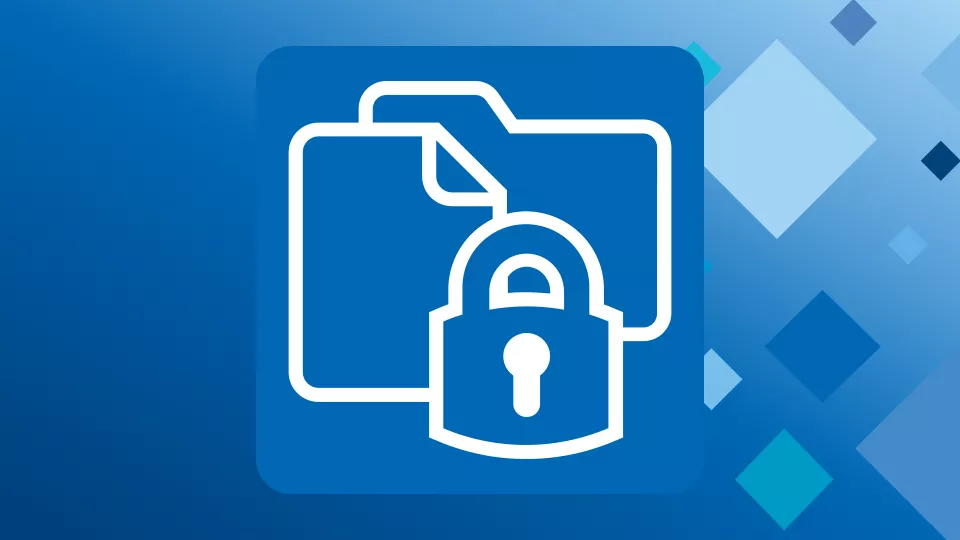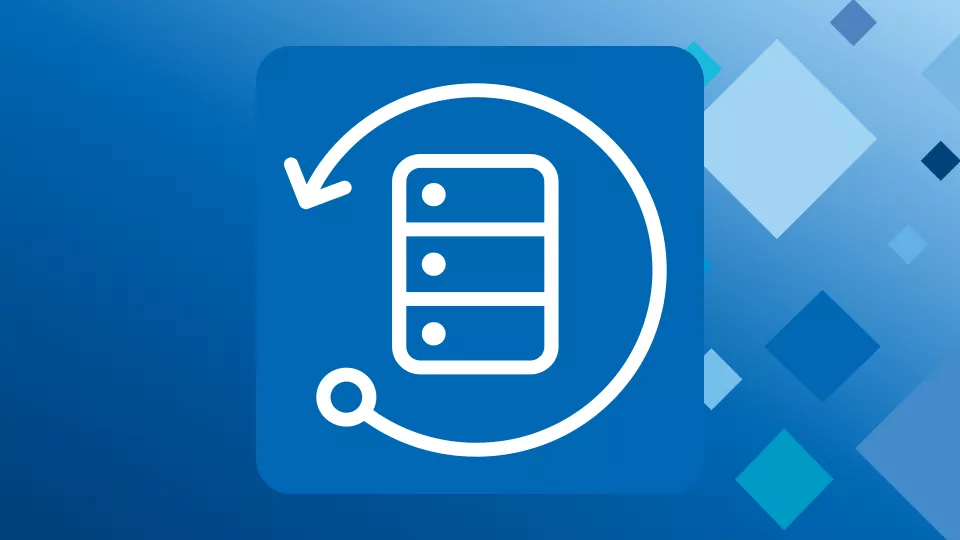Definition: Application layer encryption is a data security solution that refers to the process of encrypting data at the application layer of the network communication stack. The application layer is the highest layer in the network protocol stack and is responsible for the exchange of data between applications running on different devices.
Application Layer Encryption explained
In application layer encryption, the encryption and decryption processes are handled by the applications themselves rather than relying on lower layers of the network stack or network infrastructure such as the network or transport layer. It involves encrypting the data payload of application-level protocols, such as HTTP (Hypertext Transfer Protocol), SMTP (Simple Mail Transfer Protocol), FTP (File Transfer Protocol), and others.
HTTPS (Hypertext Transfer Protocol Secure) which encrypts the data being transmitted between a web server and a web browser, is one of the most common examples of application layer encryption. HTTPS uses the SSL/TLS (Secure Sockets Layer/Transport Layer Security) protocol to encrypt the data, and it requires an SSL certificate for secure communication.
End-to-End Encryption is another example of Application Layer Encryption, a method of encrypting data as it is transmitted between two specific endpoints, such as email, messaging apps, and voice and video calls.
The following is an example of application layer encryption in a typical IT process:
- Data Encryption: The application encrypts the data before transmitting it over the network. This encryption is typically achieved using cryptographic algorithms such as AES (Advanced Encryption Standard), RSA (Rivest-Shamir-Adleman), or others.
- Secure Transport: The encrypted data is then transmitted over the network. For an additional layer of security one can use a secure transport protocol such as HTTPS, SFTP (Secure File Transfer Protocol), or SMTP (Simple Mail Transfer Protocol).
- Data Decryption: Upon receiving the encrypted data, the receiving application decrypts the data using the appropriate decryption key or algorithm, which reverses the encryption process. Public Key Infrastructure (PKI) plays a vital role in the data decryption process by providing a framework for securely managing and verifying public keys.
Data confidentiality and integrity can be protected throughout the communication process by encrypting data at the application layer. It enables end-to-end encryption in applications, meaning that data remains encrypted from the source application to the destination application even if it passes through many intermediary network devices.
Application layer encryption is particularly important for securing sensitive information, such as personal data, financial transactions, or confidential business communications. It adds an extra layer of security to ensure that data remains private and protected from unauthorized access or eavesdropping.
By helping to ensure the integrity of the data being transmitted and the authenticity of the parties involved in the communication, application layer encryption can be an effective measure to mitigate the risk of a data breach.
Utimaco provides a range of data protection solutions that ensure the secure transfer, storage and sharing of critical and sensitive data.















